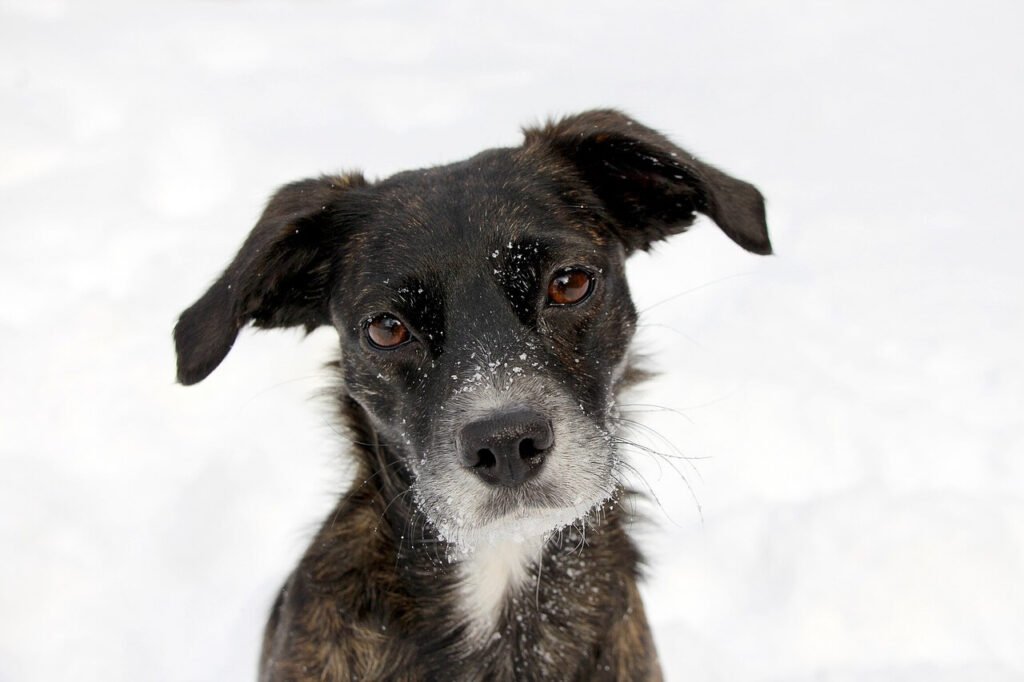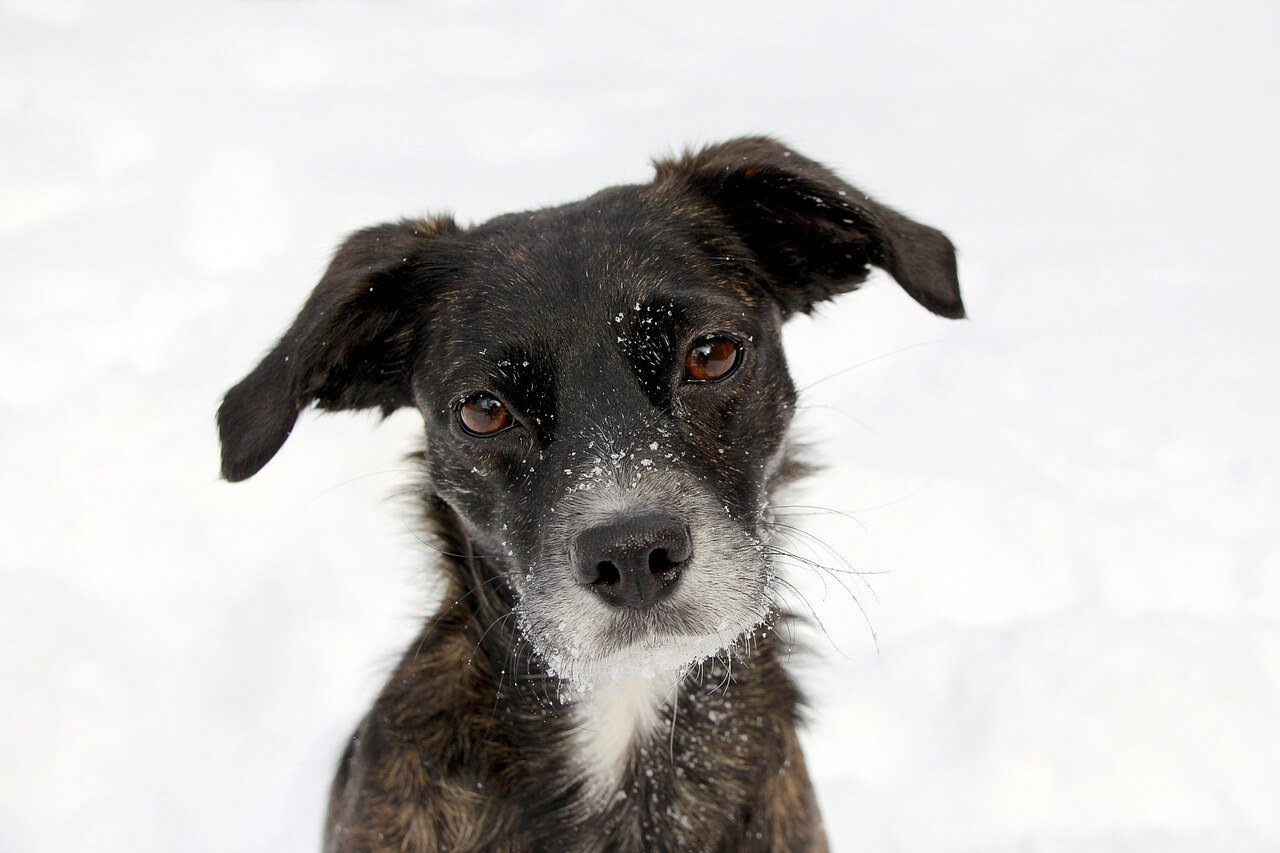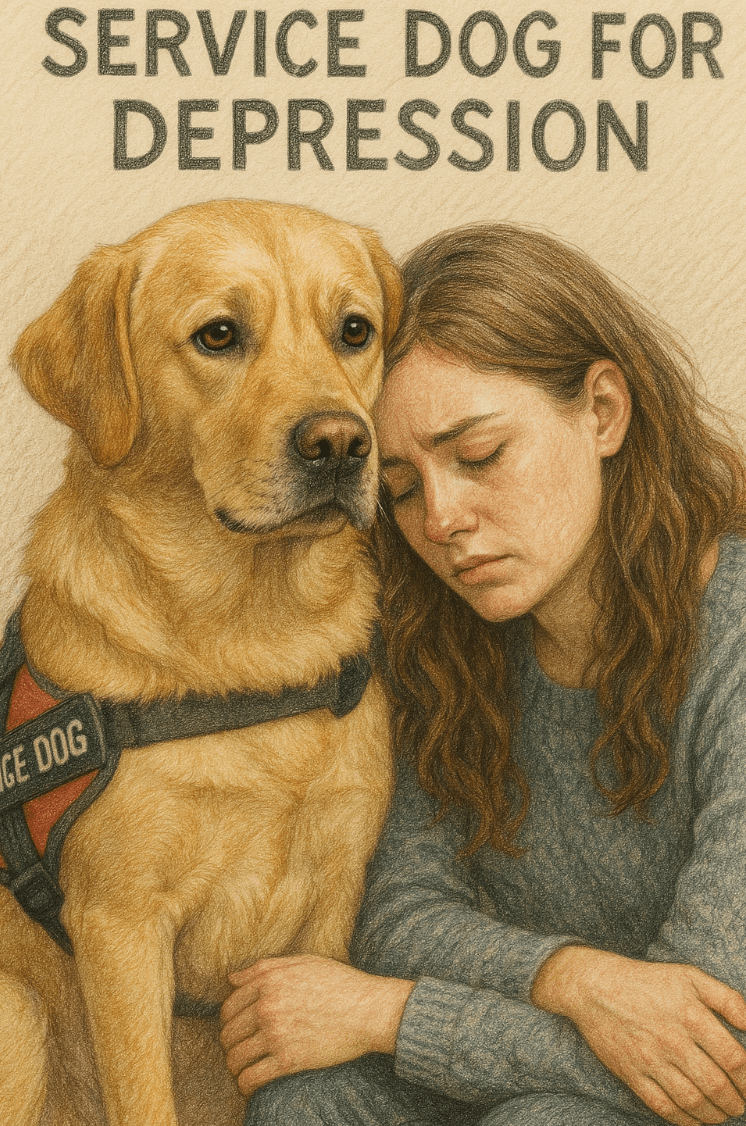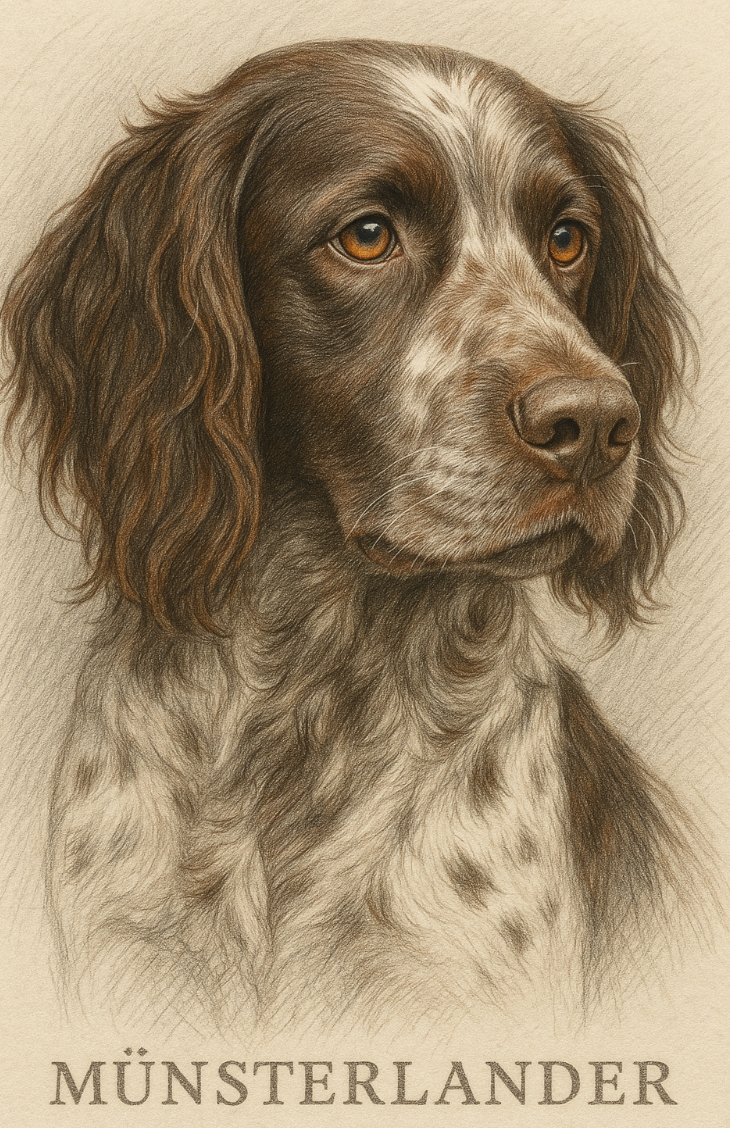Understanding Brachial Plexus Injury in Dogs: Causes, Symptoms, and Treatment
A brachial plexus injury in dogs is a serious condition that affects the network of nerves responsible for controlling movement and sensation in the front limbs. This type of injury can occur due to trauma, such as car accidents or falls, and can significantly impact your dog’s quality of life. Recognizing the signs early and seeking appropriate veterinary care is crucial for improving outcomes. In this blog post, we’ll explore everything you need to know about brachial plexus injuries in dogs, including causes, symptoms, treatment options, and tips for supporting your furry friend during recovery. Whether you’re a concerned pet owner or simply want to stay informed, this guide will provide valuable insights into managing this challenging condition.
Common Causes of Brachial Plexus Injury in Dogs
Brachial plexus injuries are often the result of traumatic events that damage the delicate nerve network in a dog’s neck and shoulder area. Understanding the common causes can help prevent these injuries and ensure prompt action if they occur.
Car Accidents:
Collisions with vehicles are one of the leading causes of brachial plexus injuries in dogs. The impact can stretch or tear the nerves in the affected limb.Falls from Heights:
Jumping or falling from significant heights, such as balconies or stairs, can lead to nerve damage in the brachial plexus.Bites or Fights:
Attacks by other animals, especially larger dogs, can cause trauma to the neck and shoulder region, resulting in nerve injury.Improper Handling:
Rough handling, particularly in puppies, can strain the brachial plexus and lead to nerve damage over time.Sporting or Agility Injuries:
High-impact activities like agility training or rough play can sometimes result in brachial plexus injuries if a dog lands awkwardly or experiences sudden force.
By being aware of these potential causes, pet owners can take steps to minimize risks and protect their dogs from harm. Prevention and vigilance are key to avoiding brachial plexus injuries.
Signs and Symptoms of Brachial Plexus Injury in Dogs
Recognizing the signs of a brachial plexus injury is essential for early diagnosis and treatment. These injuries can vary in severity, but certain symptoms are commonly observed in affected dogs.
Limb Weakness or Paralysis:
One of the most noticeable signs is weakness or complete paralysis in the affected limb, making it difficult for the dog to move or bear weight.Dragging the Limb:
Dogs may drag their injured limb while walking, as they lose sensation or control over it.Muscle Atrophy:
Over time, the muscles in the affected limb may shrink due to lack of use, leading to visible thinning.Pain or Discomfort:
Some dogs may exhibit signs of pain, such as whimpering, licking the injured area, or avoiding touch.Abnormal Posture:
Dogs may hold the injured limb in an unusual position, such as keeping it tucked close to their body.
If you notice any of these symptoms, it’s important to consult a veterinarian promptly. Early intervention can make a significant difference in your dog’s recovery journey.
Check this guide 👉Dog Ear Injury from Fight: Best 7 Health Tips!
Check this guide 👉FHO Surgery for Dogs: Best 7 Expert Tips!
Check this guide 👉Why Is My Dog Whining After Anesthesia? Best 7 Expert Tips!

Symptoms of Brachial Plexus Injury | Possible Causes |
|---|---|
Limb weakness or paralysis | Car accidents |
Dragging the limb | Falls from heights |
Muscle atrophy | Bites or fights |
Pain or discomfort | Improper handling |
Abnormal posture | Sporting or agility injuries |
Treatment Options for Brachial Plexus Injury in Dogs
While brachial plexus injuries can be challenging to treat, there are several approaches that veterinarians may recommend based on the severity of the condition. Here’s an overview of the most common treatment options.
Conservative Management:
For mild cases, rest, physical therapy, and pain management may be sufficient to allow the nerves to heal naturally over time.Medications:
Anti-inflammatory drugs or pain relievers can help reduce swelling and discomfort in the affected area.Surgical Intervention:
In severe cases, surgery may be necessary to repair damaged nerves or remove scar tissue that impedes nerve function.Physical Therapy:
Targeted exercises and therapies can help restore mobility and strengthen the affected limb as part of the recovery process.Assistive Devices:
Slings, braces, or wheelchairs may be used to support the dog’s mobility while they recover from the injury.
Each treatment plan should be tailored to the individual dog’s needs, and working closely with a veterinarian is essential for achieving the best possible outcome.
Tips for Supporting Your Dog During Recovery
Recovery from a brachial plexus injury can be a long and challenging process, but there are ways to support your dog and make the journey smoother. Here are some practical tips to help your furry friend heal and regain strength.
Provide a Comfortable Environment:
Ensure your dog has a soft, supportive bed to rest in and minimize pressure on the injured limb.Encourage Gentle Movement:
Short, controlled walks or light play can help maintain muscle tone without overexerting the injured limb.Monitor Progress Regularly:
Keep track of improvements or setbacks and share updates with your veterinarian to adjust the treatment plan as needed.Offer Emotional Support:
Dogs recovering from injuries may feel frustrated or anxious. Spend quality time with your pet to reassure them and boost their spirits.Follow Veterinary Advice:
Stick to the prescribed treatment plan and attend all follow-up appointments to ensure proper healing.
With patience and dedication, you can help your dog navigate the recovery process and improve their chances of regaining mobility.
Preventing Brachial Plexus Injuries in Dogs
Prevention is always better than cure when it comes to brachial plexus injuries. Taking proactive measures can significantly reduce the risk of trauma to your dog’s nerves.
Supervise Outdoor Activities:
Keep a close eye on your dog during walks or playtime to prevent accidents.Use Safety Harnesses:
When traveling in cars, secure your dog with a safety harness to minimize injury risks.Avoid High-Risk Environments:
Keep your dog away from balconies, open staircases, or other areas where falls could occur.Train Proper Behavior:
Teach your dog commands like “stay” and “come” to prevent them from running into dangerous situations.Regular Vet Check-Ups:
Routine check-ups can help identify and address potential health issues before they escalate.
By implementing these preventive strategies, you can keep your dog safe and reduce the likelihood of brachial plexus injuries.
Nutritional Support for Dogs with Nerve Injuries
Proper nutrition plays a vital role in supporting nerve health and aiding recovery from brachial plexus injuries. Here are some dietary considerations to keep in mind.
Omega-3 Fatty Acids:
Found in fish oil, omega-3s can reduce inflammation and promote nerve healing.Antioxidant-Rich Foods:
Blueberries, spinach, and sweet potatoes provide antioxidants that support overall health.High-Quality Protein:
Protein-rich foods like chicken or eggs supply the building blocks for muscle and nerve repair.Vitamin B Complex:
B vitamins, especially B12, are essential for nerve function and regeneration.Hydration:
Ensure your dog stays well-hydrated, as water supports cellular repair and overall recovery.
A balanced diet tailored to your dog’s needs can complement their treatment plan and enhance recovery.
Emotional Impact of Brachial Plexus Injuries on Owners
Caring for a dog with a brachial plexus injury can take an emotional toll on pet owners. Understanding these challenges can help you cope better during this difficult time.
Feelings of Guilt:
Many owners blame themselves for their dog’s injury, even if it was accidental. Remember that accidents happen despite our best efforts.Stress and Anxiety:
Watching your dog struggle can be emotionally draining. Seek support from friends, family, or pet support groups.Financial Concerns:
Treatment costs for brachial plexus injuries can be high. Explore payment plans or pet insurance options to ease the burden.Bonding Through Care:
Despite the challenges, caring for your dog can strengthen your bond and deepen your connection.Celebrating Small Wins:
Acknowledge and celebrate every milestone in your dog’s recovery journey, no matter how small.
By addressing these emotional aspects, you can navigate the recovery process with resilience and hope.
Frequently Asked Questions About Brachial Plexus Injury in Dogs
Can a dog fully recover from a brachial plexus injury?
Recovery depends on the severity of the injury, but many dogs can regain partial or full function with proper treatment.
How long does it take for a brachial plexus injury to heal?
Healing times vary, ranging from weeks to months, depending on the extent of the damage.
Are certain breeds more prone to brachial plexus injuries?
While any dog can suffer this injury, active or larger breeds may face higher risks due to their size and lifestyle.
Can physical therapy help with brachial plexus injuries?
Yes, physical therapy is often recommended to improve mobility and strengthen the affected limb.
What should I do if I suspect my dog has a brachial plexus injury?
Contact your veterinarian immediately for a thorough examination and diagnosis.
The Road to Recovery: Supporting Your Dog Through a Brachial Plexus Injury
A brachial plexus injury can be a daunting challenge for both dogs and their owners, but with the right care and support, many dogs can recover and regain their quality of life. Understanding the causes, recognizing the symptoms, and following a structured treatment plan are crucial steps in helping your dog heal. Remember, patience and compassion go a long way in ensuring your furry companion feels loved and supported throughout their recovery journey. By staying informed and proactive, you can make a meaningful difference in your dog’s life.
Omega Benefits Canine: Best 7 Expert Tips! Discover how omega fatty acids boost your dog’s health, from skin and coat to joints and immunity, with expert advice for optimal canine wellness.
Service Dog for Depression: Best 7 Expert Tips! Discover how service dogs provide emotional support, perform vital tasks, and improve mental health for individuals managing depression.
Is a Great Pyrenees a Family Dog? Best 7 Expert Tips! Discover expert advice on temperament, care, and training to determine if this gentle giant is the perfect family companion for your home.
Munsterlander Dog: Best 7 Expert Tips! Discover expert advice on training, care, and living with this intelligent, energetic breed for a happy and healthy companion.





